A man of easy actions and sound judgement, Magnus seemed consummately relaxed as he spoke to me in the cool of the RJR Communications Group’s courtyard at 32 Lyndhurst Road, Kingston 5, late last month.
“I never expected to have been in it this long. When I went into it, to me, it was a short-term venture. When I got the opportunity, I thought I would do it for a year and move on. I never knew I’d still be here. But broadcasting is like a virus. When it gets into your bloodstream, it stays there”, Magnus said.
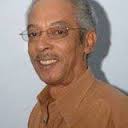
On the verge of retiring, after a record 45 years with the broadcasting entity (now referred to as Real Jamaican Radio 94FM), Magnus hinted that he was not totally ready for that exodus, while, in the same breath, declared that he didn’t see himself continuing beyond the end of the year.
But if one were to limit Magnus’ credentials and, by extension, a story of his life to broadcasting alone, one would certainly be doing him an injustice. He wore many other hats, including that of a recording artist. Music was an integral part of Magnus’ DNA. As he puts it, “I had always been interested in music and singing. As a child, my mother would take me to her friends’ weddings and I would sing for the guests, and I would sing at elementary school concerts. In my last year at high school, I helped to form the Mighty Vikins band and, for a while, performed as MC, guitarist and vocalist.”
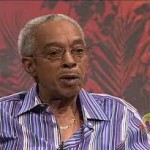
A very popular ensemble, the band performed to packed houses at places like the Sombrero Club along Molynes Road and backed two massive Studio1 hits – Higgs and Wilson’s, There’s a Reward and The Wailers’ Lonesome Feeling.
Affectionately called Teddy by his parents, Magnus was born in east Kingston and grew up along Mountain View Avenue (a well-respected community at the time), while he attended the Franklyn Town Elementary School. Among his concert-singing schoolmates then was the legendary singer-bassist Boris Gardiner. The very early 1950s up to 1957, which Magnus spent at elementary (primary) school, were undoubtedly his formative ones.
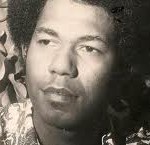
He entered Kingston College in 1957 via an entry exam. It was here that his interest in music grew, after forming a singing duo with a schoolmate and entering the popular ‘Vere Johns Opportunity Hour’ talent show, held at some of Kingston’s theaters.
Performing as The Videos, the duo came in second behind a blind female genius named Adina Edwards. The episode triggered a dramatic scene on the grounds of Kingston College, when then headmaster, Douglas Forrest, armed with a STAR newspaper showing the results, accosted Magnus with the words, “You are not in the choir. Why are you out in the public singing?”
According to Magnus, “He was annoyed in a pleasant sort of way”. Those who knew Forrest, including myself, who was a few years behind Magnus at the institution, will well appreciate Forrest’s passion for the school’s choir. Somehow, the headmaster could not understand either how a boy with such musical talent was not in the choir, or how could he have found himself in such company. Magnus was summoned to the headmaster’s office to sing for him, perhaps in an attempt to coax him into joining the choir. Magnus would have none of it. He was not interested.
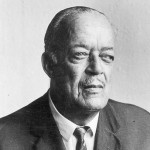
Magnus’ earliest association with RJR was as a visitor to record on ‘Vere Johns Opportunity Knocks’, a show designed to expose the top finalists and which was broadcast on Saturdays. After several visits, and seeing how the station worked, Magnus became inspired to do an audition. He was offered the job in 1971, had an initial fallout with them, but returned eight months later, intending to go for a year, but things worked out differently.
About a year into his tenure, and on the spur of the moment, Magnus decided to make a reggae record. With Lynford Anderson willing to do the production, they decided on the Cliff Richard song, Flying Machine. Magnus was in his element as he sang:
“When the weather is fine and clouds have gone by
I go up in the air, waving people goodbye
in my flying machine, I go up, I go down
I go round and round and round”.
After organ and horns had a marvellous instrumental interplay, Magnus again picked up the lyrics at the bridge with:
“People on the ground, gathered all around to admire
There’s a feeling inside me that gives me the urge to go higher”.

It was a marvelous display in vocalising, which saw the recording reach number one on both radio stations and becoming a big seller in Britain and some parts of Europe.
In a more subdued manner, Magnus recorded for Sonia Pottinger’s High-Note label, the classy I’m Gonna Be Strong, in 1978 and the more popular Beautiful Day on the Trans-AM label. With all his initial success, Magnus didn’t take the recording business seriously because of what he called “unfair producers”.
Never been late, and being absent once during a 45-year tenure in any job is perhaps the most incredible story ever told. Magnus did just that, and more so under seemingly difficult circumstances.
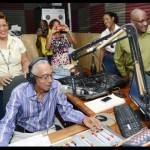
In order to get to work for a 5 a.m., start, he has to be out of bed before the cock crows each morning. But Magnus was unperturbed by those irregularities.
“As a child studying, I always believed that the best time of day was early morning when your mind is fresh. You perform better, you absorb more. I go to bed early and wake early and do what I have to do,” he said.




You must log in to post a comment.